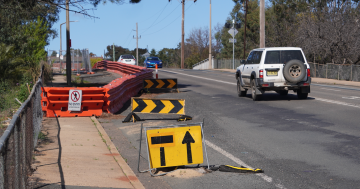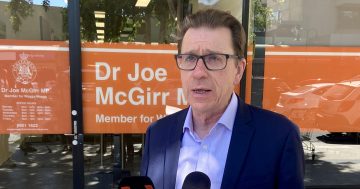Laura Stack* says the way a project is closed after it has been completed can be just as important as all the work that goes into getting it to that stage.
 In business, there are two types of ‘closers’, both of which boost the organisation’s performance in different ways.
In business, there are two types of ‘closers’, both of which boost the organisation’s performance in different ways.
The more common type of closer is the marketer who’s adept at closing deals with potential clients and bringing new projects on board.
Let’s call them deal closers. Without them we’d all be without work.
The second type of closer is less obvious, but in their way is also imperative to effective business performance.
The project closer, usually (but not always) the project manager, makes sure a project ends neatly, with no confusions or loose ends.
He or she gets everyone to the final page together, confirms the conclusion with all parties, and in general wraps up a project and puts it to bed.
Project closure includes more than just the exhilaration of knowing you’ve completed a project, rolling it out, and then celebrating a job well done.
The process begins before the first bit of code or white paper is written.
Here’s how to productively tuck in a project and forget about it — until it’s time to wake it up and shepherd it through the next version.
Begin at the beginning: Start preparing for closure during the project’s planning stage.
Include it in the project timeline — not as an afterthought, but as a fully realised part of the project with its own outlines, tasks, and checklists.
This helps your team make an appropriate bid on the project, since project closure takes a significant amount of billable time.
Proper preparation requires careful thought and a willingness to roll with the punches as the project plan changes.
Advance documentation is invaluable for the project closure planning process, which brings us to the next point.
Get it in writing: Your organisation probably already has documentation detailing the project closure process point-by-point, like a recipe.
If so, take advantage of it to increase both your efficiency and effectiveness.
If not, or if existing documentation doesn’t fit the project, start developing your closure documentation.
This not only guides your project, but also guides similar projects in the future.
You may need to adjust as the project evolves.
Track it: Your goal while wearing the project closer hat is to make sure the project finishes up properly, meeting all deadlines and goals.
So, always be aware of where the project is along its overall timeline and keep your colleagues informed as to their closing duties as they come up.
Set up a checklist: Lay out all the final tasks required to close the project, and as you wrap it up, go over the checklist carefully.
Items to put on your checklist might include the following:
Have we completed all the features?
Are all features documented properly, including any recent technical updates?
Are there any loose ends to tie up?
Has quality assurance and testing been completed for all deliverables?
Has the contract been fulfilled, and the associated paperwork updated?
Has the client reviewed and approved the product?
Have we been paid?
Officially close the project with your client and make sure you receive their acknowledgement of closure.
Inform your team and other interested parties that the project is closed, providing them with any necessary documentation.
This is an excellent opportunity to learn from both successes and mistakes, so hold a retrospective meeting to look back at the project from beginning to end.
What were the lessons learned? Have your co-workers bring up any issues and brainstorm on how to handle them if they arise again.
Your goal as project closer is to ensure everyone crosses all the Ts and dots all the Is, so you can wind down the project successfully.
The points I’ve included here can serve as a springboard for your planning process and help guide you through finalisation.
Be sure to add anything your organisation requires, but don’t go too far; any bells and whistles will add to the project cost and use more valuable time.
I’ve seen plenty of project closure plans in my day, and some of them are little gems of bureaucratic complexity that would make even the bravest heart quiver.
They get the job done eventually, but not as productively as possible.
As project closer, you’ll want to do your utmost to avoid the bureaucratic hustle with a plan so effective and productive that the closing itself adds value.
*Laura Stack is an award-winning keynote speaker, bestselling author, and authority on productivity and performance. She can be contacted at theproductivitypro.com.
This article first appeared on Laura’s blogsite.











